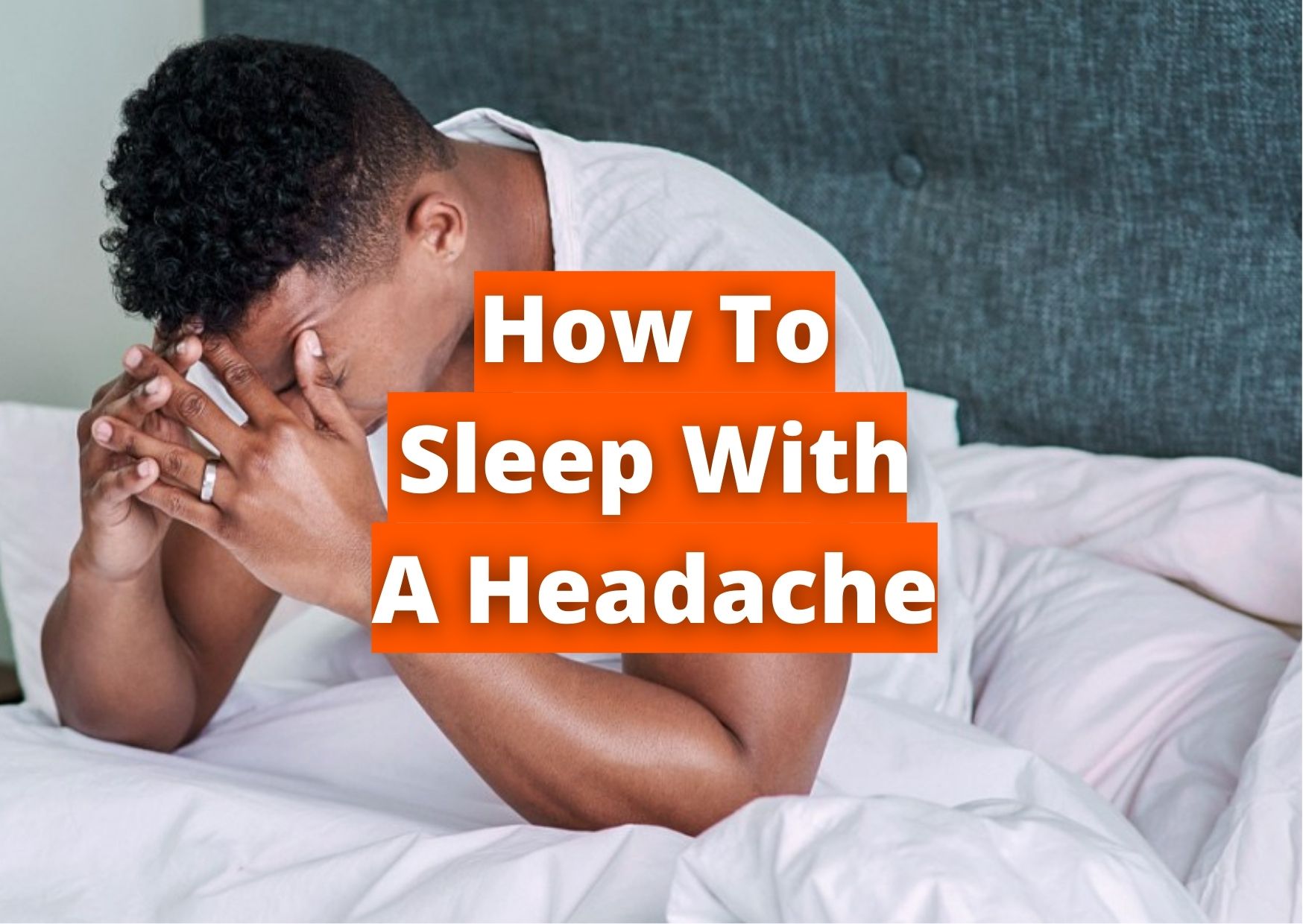How To Sleep With A Headache
Is your headache disrupting your sleep? Well, you’ve come to the right place!
According to WHO, in 2016, half to three-quarters of adults aged 18–65 years worldwide have had a headache at least once. Unfortunately, when compared to the general population, headache sufferers are 2 to 8 times more likely to suffer from sleep problems.
What causes a headache?
A headache is defined as pain in the head or face, which may also involve pain in the upper neck. The skin, bone, and structures in the eyes, ears, nose, and mouth are all pain-sensitive structures in the head and face. Furthermore, the major blood vessels of the brain are extremely sensitive, and they are the main organs that cause pain in vascular headaches like migraines.
The teeth and the hinge of the jaw can also cause a headache. However, the brain is not sensitive to pain and is not a source of headaches.
The main causes of headache include:
- having a cold or the flu
- stress
- drinking too much alcohol
- bad posture
- eyesight problems
- not eating regular meals
- not drinking enough fluids (dehydration)
There are loads of different forms of headaches. Primary and secondary headaches are the key two types of headaches.
Primary headaches
These headaches are ones that are not caused by a concurrent medical condition. The category includes:
- cluster headaches.
- migraine
- tension headaches.
Secondary headaches
These headaches can be caused by a range of medical conditions, including:
- a head injury.
- high blood pressure (hypertension).
- a tumour.
How should you treat a headache?
You may relieve the pain of a headache without going to the doctor by doing a few easy things. The NHS recommends to:
- drink plenty of water
- get plenty of rest if you have a cold or the flu
- try to relax – stress can make headaches worse
- take paracetamol or ibuprofen
You could also try:
Use a heating pad or hot compress – You can apply a warm towel to the sore spot. A warm shower may also be effective.
A cold pack – On your forehead, you may apply a cold pack for 15 minutes. After that, take a 15-minute pause after applying the compress to your head.
Ease pressure on your scalp or head – Hats, headbands, and even swimming goggles that are too tight can trigger headaches for certain people. The strain can be relieved by either removing or loosening them, as a result.
Dim the lights – Headaches can be caused by bright or flashing lights, even from your electronic devices. Cover your windows with blackout curtains throughout the day if you’re susceptible to them. Wear sunglasses outside and turn down the brightness on your electronic devices.
How does a headache prevent you from sleeping?
The majority of people who suffer from headaches also have sleep issues, such as difficulty sleeping or staying asleep. Sometimes your sleep issues are caused by headaches. When headaches keep you up at night, they might cause other issues the next day, such as grogginess and irritation. However, there is evidence that too little or too much sleep might cause headaches.
A common area of the brain is responsible for controlling sleep, mood, and even headaches. Therefore, it’s no accident that sleep difficulties can induce headaches because they all employ identical chemical brain signals. Depriving yourself of sleep might also reduce your pain tolerance. Your pain threshold has increased, and a headache episode is no exception. This can create an ongoing cycle of repetitive headaches and sleeping problems.
5 tips to help you sleep with a headache
1. Turn off electronics before bed
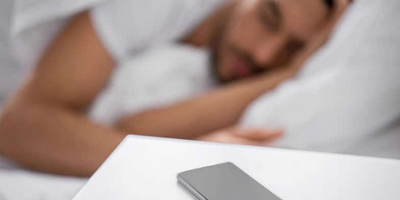
The light from televisions, smartphones, and tablets disrupts the circadian rhythm (your body’s natural sleep-wake routine) and wakes up the brain, making it harder to fall asleep. Turn off all electronic gadgets one hour before going to bed.
2. Practice a relaxation technique
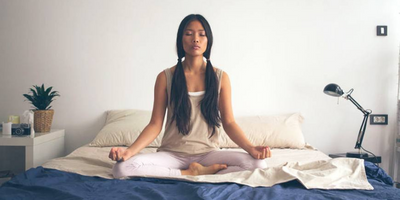
Regular exercise, deep breathing, and mindfulness can help you develop relaxation abilities. This is a fantastic way to calm an overloaded mind and alleviate headaches.
If you’re a company, team or organisation that prides itself in promoting good mental and physical health for your employees, click here for more information about our Monday morning motivation webinar. You could also learn useful mindfulness techniques to use to help you sleep with a headache.
3. Avoid caffeine, alcohol, and meals too close to bedtime

Before going to bed, it’s a good idea to keep track of everything you eat and drink. Large meals, caffeine, nicotine, and alcohol, among other things, can disrupt sleep. Specifically, caffeine and alcohol constrict the blood arteries in the brain. Your blood vessels enlarge without it.
A headache or other withdrawal symptoms might arise from the increased blood flow. Whereas, nicotine can again cause blood vessels in the body to constrict, resulting in a decrease in blood flow to the brain. This results in a headache and, in many cases, a lack of sleep.
4. Sleep on your back or side, not on your front
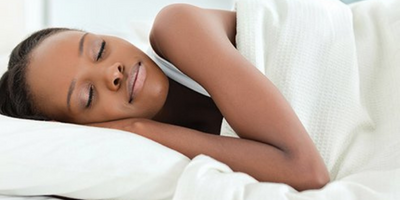
Since your back is arched when sleeping on your front, this may induce headaches. If you suffer from headaches, make sure you sleep on your back or side, which is ideal for spine alignment. Also, curling up in a ball in the fetal position may feel instinctive, but it pulls your shoulders forward, which can create a lot of stress in your neck.
You may expect a nasty headache in the morning after your neck tenses and locks. Placing your arm above your head can also impair blood flow by cutting off circulation and putting pressure on your nerves.
5. Get a Deep Tissue/Sports Massage
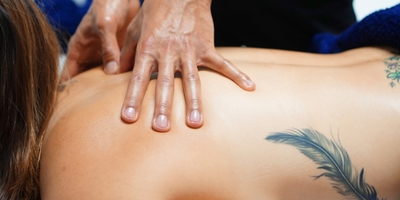
A muscle that is involuntarily contracted, tight, and painful and can contribute to headaches.
Deep tissue or sports massage consists of sessions where a therapist will find and release their client’s muscular tension and tightness. This is accomplished by applying different amounts of pressure on muscle knots and then extending the afflicted areas over their full range of motion.
Teeth grinding, for example, can cause muscular tension to form around the jaw, which can result in headaches. People suffering from headaches may benefit greatly from a deep tissue or sports massage.
Patients with headaches are nearly twice as likely to have postural irregularities, such as head-forward posture and tightness in the back of the neck, according to studies. For this reason, a qualified therapist would offer a massage of the neck and shoulders in headaches (to relax the neck and shoulder muscles) simultaneously focusing on reducing the muscular tension.

